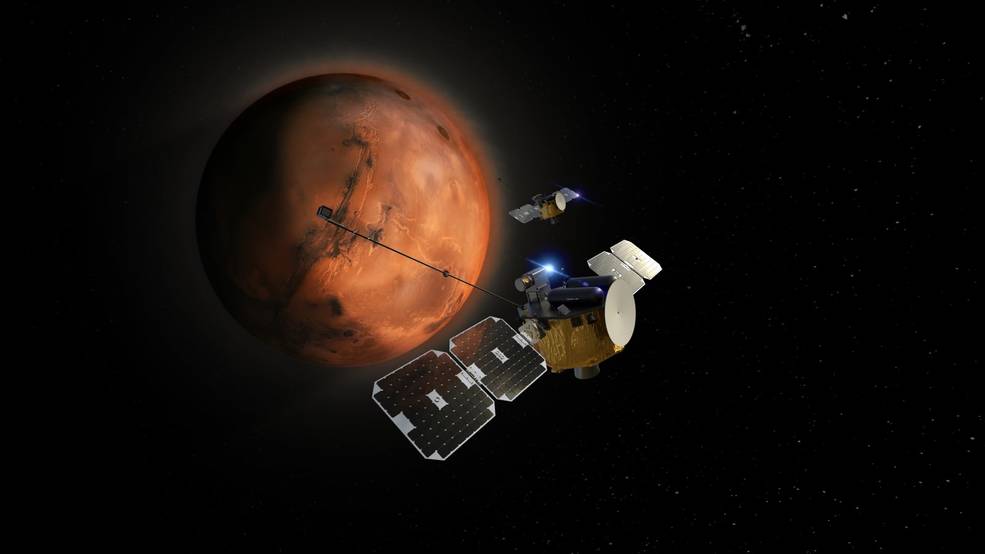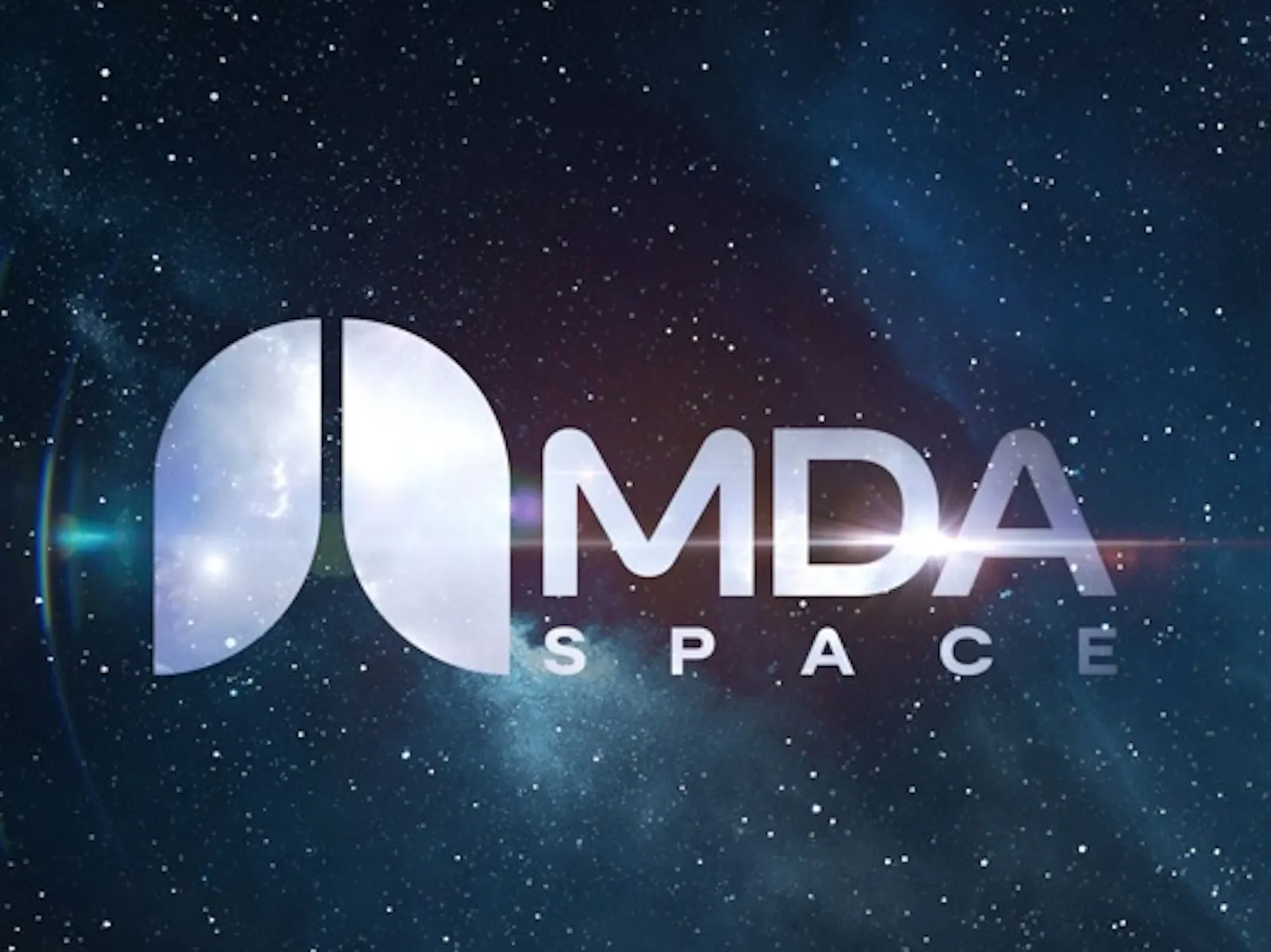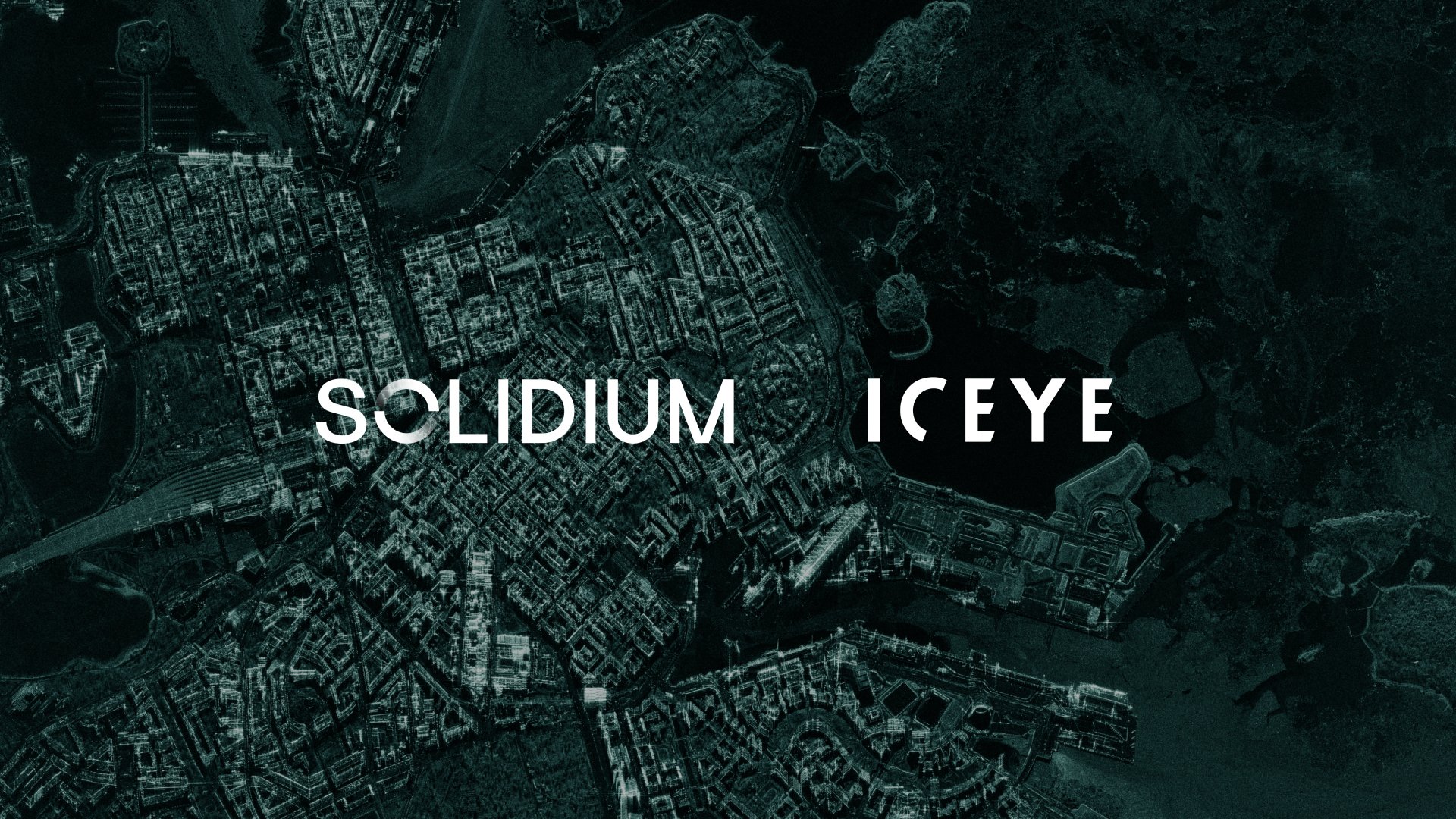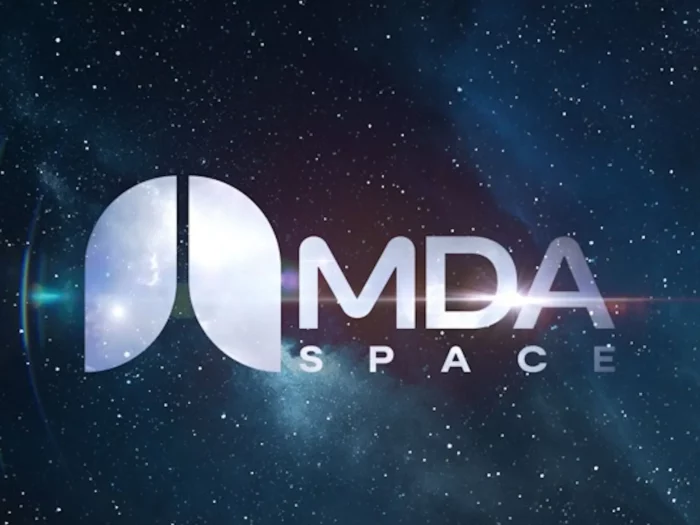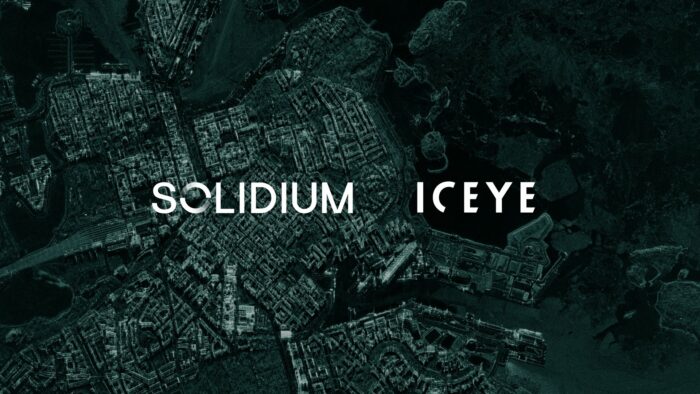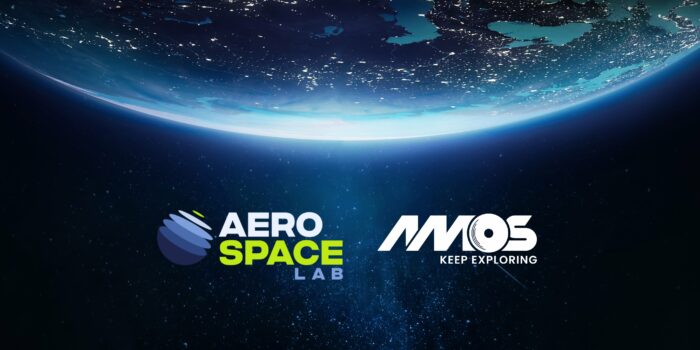Insider Brief:
- NASA has awarded Blue Origin a task order to provide launch service for the agency’s Escape and Plasma Acceleration and Dynamics Explorers (ESCAPADE) mission.
- ESCAPADE will launch on Blue Origin’s New Glenn rocket in late 2024.
- ESCAPADE will study Mars’ magnetosphere with the help of two identical small spacecraft, which will provide simultaneous two-point observations.
PRESS RELEASE — February 9, 2023 – NASA has awarded Blue Origin, LLC of Kent, Washington, a task order to provide launch service for the agency’s Escape and Plasma Acceleration and Dynamics Explorers (ESCAPADE) mission as part of the agency’s Venture-Class Acquisition of Dedicated and Rideshare (VADR) launch services contract.
ESCAPADE will launch on Blue Origin’s New Glenn rocket from Space Launch Complex-36 at Cape Canaveral Space Force Station in Florida. Launch is targeted for late 2024. Blue Origin is one of 13 companies NASA selected for VADR contracts in 2022. NASA’s Launch Services Program, based at the agency’s Kennedy Space Center in Florida, manages the VADR contracts. As part of VADR, the fixed-price indefinite-delivery/indefinite-quantity contracts have a five-year ordering period with a maximum total value of $300 million across all contracts.
ESCAPADE will study Mars’ magnetosphere – the magnetized area of space around the planet – using two identical small spacecraft, which will provide simultaneous two-point observations. The spacecraft will help provide researchers a better understanding of how the magnetosphere interacts with the solar wind, and how energy and plasma enter and leave the magnetosphere. Each satellite will carry three instruments: a magnetometer for measuring magnetic field, an electrostatic analyzer to measure ions and electrons, and a Langmuir probe for measuring plasma density and solar extreme ultraviolet flux.
It will take ESCAPADE about 11 months to arrive at Mars after leaving Earth’s orbit, where both spacecraft will spend several months adjusting their orbits before they are in position to best capture data about the magnetosphere. Studying different magnetospheres gives scientists a better understanding of space weather, which can protect astronauts and satellites both as they orbit Earth and explore the solar system. ESCAPADE is part of the NASA Small Innovative Missions for Planetary Exploration program.
Building on NASA’s previous procurement efforts to foster development of new launch vehicles for NASA payloads, VADR provides FAA-licensed commercial launch services for payloads that can tolerate higher risk. By using a lower level of mission assurance, and commercial best practices for launching rockets, these highly flexible contracts help broaden access to space through lower launch costs.
Contact Information:
Joshua Finch / Kiana Raines
Headquarters, Washington
202-358-1100
[email protected] / [email protected]
Leejay Lockhart
Kennedy Space Center, Fla.
321-501-7575
[email protected]
SOURCE: NASA
Featured image: Illustration of the ESCAPADE spacecraft in orbit around Mars. Credit: Rocket Lab USA / UC Berkeley
For more market insights, check out our latest space industry news here.
Share this article:
